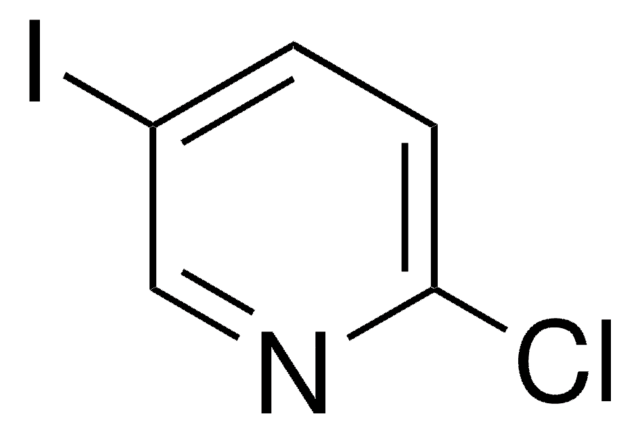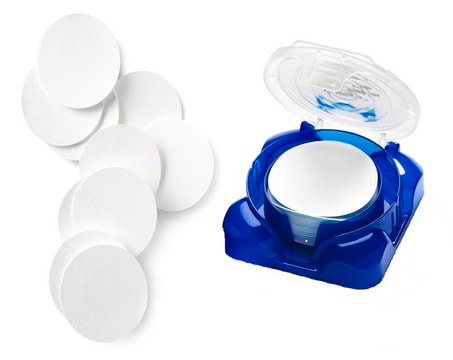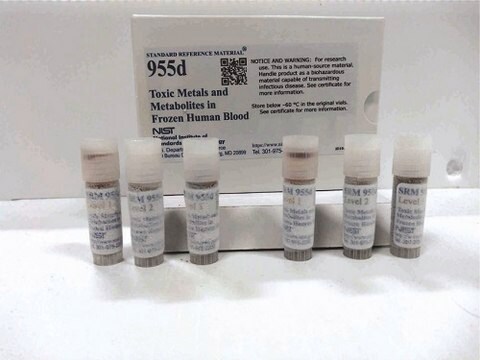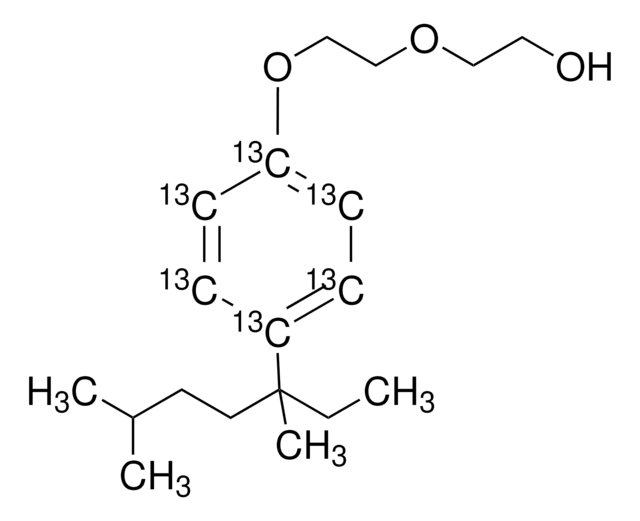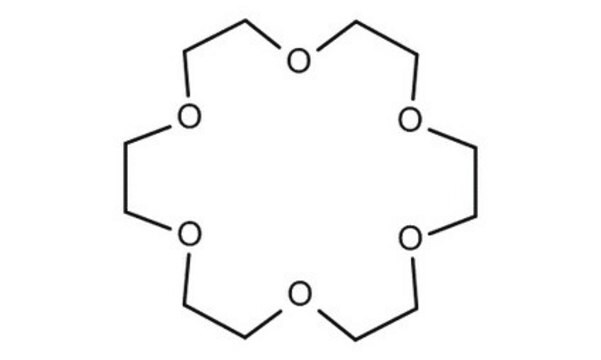추천 제품
Quality Level
분석
≥80.0% (degree of coupling)
분자량
Mw 836.7 g/mol
solubility
DMF: 0.25 mg/mL, clear
형광
λex 510 nm; λem 530 nm±5 nm in PBS, pH 7.4
저장 온도
−20°C
일반 설명
Absorption Maximum, λmax: 517 nm (MeOH),
511 nm (PBS, pH 7.4)
Extinction Coefficient, ε(λmax): 85,000 M-1cm-1 (PBS, pH 7.4)
Correction Factor, CF260 = ε260/εmax: 0.24 (PBS, pH 7.4)
Correction Factor, CF280 = ε280/εmax: 0.07 (PBS, pH 7.4)
Fluorescence Maximum, λfl: 533 nm (MeOH),
530 nm (PBS, pH 7.4)
Recommended STED Wavelength, λSTED: 590 −620 nm
Fluorescence Quantum Yield, η: 0.82 (PBS, pH 7.4)
Fluorescence Lifetime, τ: 4.1 ns (PBS, pH 7.4)
511 nm (PBS, pH 7.4)
Extinction Coefficient, ε(λmax): 85,000 M-1cm-1 (PBS, pH 7.4)
Correction Factor, CF260 = ε260/εmax: 0.24 (PBS, pH 7.4)
Correction Factor, CF280 = ε280/εmax: 0.07 (PBS, pH 7.4)
Fluorescence Maximum, λfl: 533 nm (MeOH),
530 nm (PBS, pH 7.4)
Recommended STED Wavelength, λSTED: 590 −620 nm
Fluorescence Quantum Yield, η: 0.82 (PBS, pH 7.4)
Fluorescence Lifetime, τ: 4.1 ns (PBS, pH 7.4)
애플리케이션
Abberior® Star 512 labelled phosphoethanolamine lipid analogues were used for gated STED-FCS (stimulated emission depletion - fluorescence correlation spectroscopy) study.
적합성
Designed and tested for fluorescent super-resolution microscopy
법적 정보
abberior is a registered trademark of Abberior GmbH
관련 제품
Storage Class Code
13 - Non Combustible Solids
WGK
WGK 3
Flash Point (°F)
Not applicable
Flash Point (°C)
Not applicable
가장 최신 버전 중 하나를 선택하세요:
Mathias P Clausen et al.
Methods (San Diego, Calif.), 88, 67-75 (2015-07-01)
Recent years have seen the development of multiple technologies to investigate, with great spatial and temporal resolution, the dynamics of lipids in cellular and model membranes. One of these approaches is the combination of far-field super-resolution stimulated-emission-depletion (STED) microscopy with
S W Hell et al.
Optics letters, 19(11), 780-782 (1994-06-01)
We propose a new type of scanning fluorescence microscope capable of resolving 35 nm in the far field. We overcome the diffraction resolution limit by employing stimulated emission to inhibit the fluorescence process in the outer regions of the excitation
Marcus Dyba et al.
Nature biotechnology, 21(11), 1303-1304 (2003-10-21)
We report immunofluorescence imaging with a spatial resolution well beyond the diffraction limit. An axial resolution of approximately 50 nm, corresponding to 1/16 of the irradiation wavelength of 793 nm, is achieved by stimulated emission depletion through opposing lenses. We
Tim Grotjohann et al.
Nature, 478(7368), 204-208 (2011-09-13)
Lens-based optical microscopy failed to discern fluorescent features closer than 200 nm for decades, but the recent breaking of the diffraction resolution barrier by sequentially switching the fluorescence capability of adjacent features on and off is making nanoscale imaging routine. Reported
Stefan W Hell
Nature biotechnology, 21(11), 1347-1355 (2003-11-05)
For more than a century, the resolution of focusing light microscopy has been limited by diffraction to 180 nm in the focal plane and to 500 nm along the optic axis. Recently, microscopes have been reported that provide three- to
자사의 과학자팀은 생명 과학, 재료 과학, 화학 합성, 크로마토그래피, 분석 및 기타 많은 영역을 포함한 모든 과학 분야에 경험이 있습니다..
고객지원팀으로 연락바랍니다.

